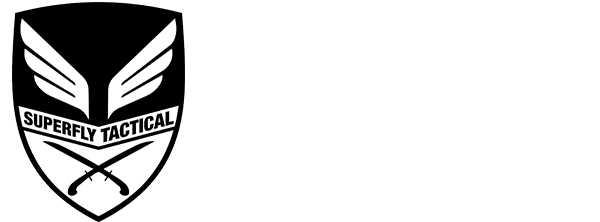Sparring - Purpose, Pain, Pleasure
(Bonus points if you can guess what song was playing on repeat when I wrote this - clues in the text.)
**This has a couple of surprises for all my theatre people :P**
There’s a lot I can go on about when it comes to stick sparring.
The shedding of ego, the test of one’s heart, fortitude, and skill, and or even how joyful it is to be able to express the art in that arena.
But today, I want to talk about three things - Purpose, Pain, and Pleasure.
First, purpose - why do I spar? Sparring, for me, is a laboratory. It’s real-time problem solving. I have to respond to what my sparring partner presents to me using what I think I know.
In that way, a lot of what sparring is, is what the practitioner brings to it. If I am concerned with looking good or looking cool, then I’ll probably end up using only techniques which I think make me look good or cool. If I am scared of the pain, then I would probably spar in a fairly conservative manner - and that is something I have done. But, on some level, that is a waste of a great opportunity to learn in the moment. So, what I aspire to is to try new things and take calculated risks. It’s a playground where I get to experiment with my skills and get immediate feedback. If it works, great, and if it doesn’t - pain.
Sparring with rattan sticks hurts. It’s not debilitatingly or unbearably painful. And it does hurt a lot less than it looks. But it does hurt.
Pain is a good teacher. Pain helps to keep me honest. Pain is why I much prefer sparring with live rattan sticks than padded sticks, under blade rules, and only gloves, helmet, elbow, knee, and groin guards for protection.
Now, this preference for pain is neither machismo nor masochism - nor do I think that other types of sparring are inferior. They’re not. Sparring with full body armour and padded sticks just doesn’t give me the learning I want from sparring. With all that padding, it is very easy to not feel a slash or thrust that connects.
Of course, on the flip side, I’m not trying to tank one or two hits and smash my training partner’s limbs with so much force that I cause a hematoma or a sensation of pain that indicates I want to conquer or destroy them. It’s not about being able to deliver the most pain to my partner in an effort to demonstrate how strong I am. There is a place for that kind of sparring - and I am certainly not against it. This kind of sparring does tend to, though it doesn’t have to, impede on the whole process of mutual experimentation. Hence, my partiality to blade rules.
When I spar under blade rules, even though the round lasts two minutes, maybe three minutes, (EVERYTHING WE SAID IN TOTAL AGREEMENT!) maybe even 5 minutes - I don’t think of that as one long fight. Every engagement within the round is a different battle. If I try something and I feel my sparring partner’s stick connect with my weapon hand - I’m disarmed. If his stick connects with my helmet - I’m dead. When I manoeuvre out and re-engage after that - that’s a different fight. Where the sensory feedback is important is, if I get a satisfying strike on his helmet, but I feel his slash on my arm, then I know - I still lost that engagement. The pain gives me a much more accurate measurement of my experimentations.
That accuracy, that room for experimentation, really, just the opportunity to play - those things give me pleasure. Of course, there is an indescribable sense of bonding that, oddly, seems to arise from people hitting each other with sticks. Okay, it’s not that odd when you consider that sparring is a communication and an activity that connects you to your training partners on a visceral level.
In conclusion, there is a lot that can be said about sparring. Ultimately, I like it because I enjoy it. I enjoy the feeling it gives me.
“It's the feeling of freedom, of seeing the light
It's Ben Franklin with a key and a kite
You see it right?”
